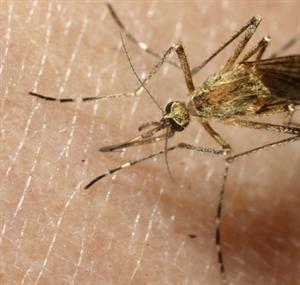
Natural Insect Repellant
Hard

Are you curious to know which natural insect repellant is more effective? Test out DEET and lemon grass oil to find out which one works better in keeping mosquitoes away.
Hypothesis
The hypothesis is that DEET mosquito repellant is more effective than lemon grass oil.
Method & Materials
You will release 40 mosquitoes into an aquarium, apply DEET and lemon grass oil to participants' hands, and count the number of mosquitoes that come to rest on the participants' hands.
You will need an empty aquarium with a top side cover, 40 mosquitoes, a can of mosquito repellant containing DEET, a bottle of lemon grass oil, 4 participants, and a stop watch.
Results
The results showed that the insect repellant containing DEET was more effective than lemon grass oil in repelling mosquitoes. This proves the hypothesis to be true.
Why do this project?
This science project is interesting because it tests the effectiveness of two different types of natural insect repellants and compares the results.
Also Consider
Consider repeating the experiment by comparing the effectiveness of other natural mosquito repellants like Neem oil. Another variation is to compare the effectiveness of eucalyptus oil in keeping flies away from food.
Full project details
You can find additional information and details for this science fair project here. Have fun exploring!Related video
Hey there! Here are some awesome videos about this science project that we think you'll really like. They're not only super fun, but they'll also help you learn more about the science behind the project. So sit back, relax, and get ready to have some fun!!
Share this Science Project:
Related Science Fair Project Ideas
Learn how to use electricity to create hydrogen gas in this fun science project!
Hard
Have you ever wondered what happens when you add salt or sugar to water? Find out in this science project!
Hard
Learn how to extract metals from ore using displacement reactions! See which metals are more reactive and which are less reactive.
Hard
Share this Science Project:
